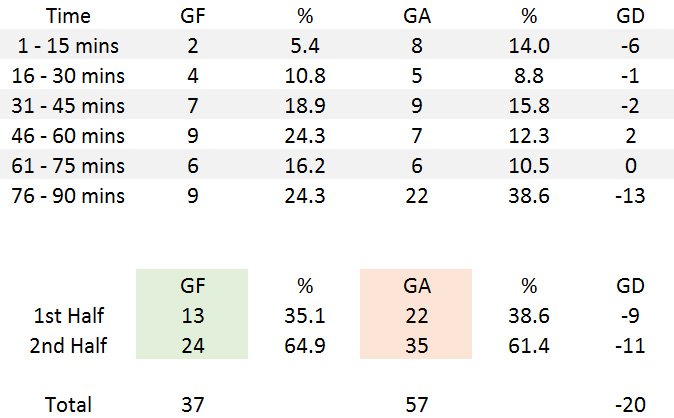As reported by Orlando Sentinel’s Jordan Culver recently, Orlando City SC will this week take their practices to noted training destination IMG Academy in Bradenton, using the state-of-the-art facilities to focus on fitness.
The decision comes days after the hire of Venezuelan fitness director Isaac Ramos following the departure of Dave McKay who had been with the club since 2015.
ICYMI: Orlando City’s training sessions will be closed this week. The club is traveling to IMG Academy in Bradenton for a series of fitness sessions.
— Jordan Culver (@JordanCulver) August 13, 2018
The academy has honed the talents of stars across multiple sports and is also currently hosting the Florida State University American football team in their preseason camp.
Orlando City SC have battled with fitness issues all season.
No less than 12 players have combined for a total of 80 missed games, most notably club captain Jonathan Spector accounting for 24 of those.
Perhaps more pertinently though is that Orlando City SC fell to a late D.C. United winner at the weekend, the fifth time in 24 games this year that the Lions have given up a game winner in the closing 10 minutes.
Cardiac Cats
The numbers below speak for themselves. Splitting the matches into six periods of 15 minutes we can see that a massive 22 goals, nearly 40% of the 57 goals conceded this season, are in the final third of the second-half.
This is a period that also sees the largest goal differential of -13 despite it also being the joint most prolific in terms of goals scored – likely a virtue of the Lions’ propensity to be behind and having to chase games late on, hence the ‘Cardiac Cats’ nickname.
The second leakiest period is the closing period of the first-half.
It’s a worryingly blatant stat that indicates a handful of issues: the team’s inability to withstand increased pressure as oppositions go searching for late winners; a reoccurring need to over commit players going forward to rescue points; a lack of concentration and mental toughness; and as the current training change suggests, poor fitness levels.
Orlando City SC’s goals for and goals against in 2018 (Credit: © Andrew Sharp)
Slow starts
What else can we interpret from the numbers?
Firstly that the team start slow. Having only registered 2 goals in the opening 15 minutes all season, only a further four goals have been scored by the 30-minute mark.
These two periods combined are joint level with the next least productive 15 minute period midway through the second-half.
Meanwhile, Orlando City SC seem most effective in the first 15 minutes of the second-half, perhaps with the manager’s words ringing in their ears, stepping up in intensity immediately after the break to catch teams off guard.
It’s also the only period where the team register a positive goal difference.
Half breakdowns
Perhaps not too much can be read into the half breakdowns, however.
In terms of total goals there is little variation when it comes to proportion – an average of 63% of goals in Orlando City SC games are scored in the second-half, both for and against.
There are simply more goals for both teams in the second-half, indicative of a league with a reputation for late drama.
What happened to the Lake Nona Training Facility?
The relocated training sessions throw up a reminder that in January 2016 the club unveiled plans to partner with Lake Nona and build a bespoke 23-acre training base which would host the senior MLS side, Orlando City B of USL and the club’s Elite Youth Academy.
In the meantime the club were temporarily based at recently renovated Sylvan Lake Park training center in Sanford, a facility which has since become the permanent home of the first team as well as NWSL side Orlando Pride. Elsewhere, the youth set up is based out of the Seminole Soccer Complex while OCB are currently on hiatus.
As recently as last October, CEO Alex Leitão told fans he had “big news very soon” and while the facilities remain listed on the Orlando City SC website as “currently under construction and is planned to open in time for the 2018 MLS regular season,” nothing has seemed to materialise.
We will have big news on this VERY soon !
— Alex Leitao (@alexleitao) October 14, 2017
Keeping up with the competition
Meanwhile, within the last 12 months, Major League Soccer franchises Los Angeles FC, New York City FC, Real Salt Lake, Sporting Kansas City and Atlanta United have all invested millions into building state-of-the-art training facilities they hope will give their current crop an edge, help attract better talent from around the world and develop their youth squads into fledgling MLS stars.
Toronto FC had previously set the benchmark when they opened BMO Training Ground in 2012 but half a decade later and this new batch have sought to further revolutionise the North American soccer landscape.

